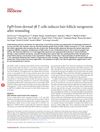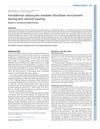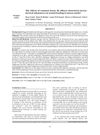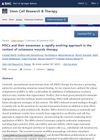Cutaneous Response to Injury and Wound Healing
October 2016
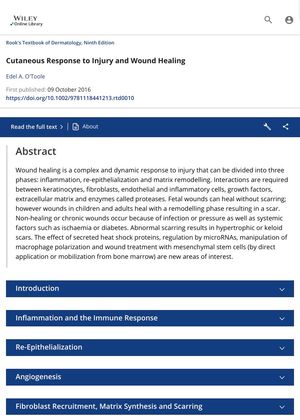
TLDR Wound healing involves three phases and various cells and factors, with scars typically forming in adults. Chronic wounds can occur due to various issues, and abnormal scarring can lead to hypertrophic or keloid scars. Emerging research areas include the role of proteins, microRNAs, macrophage manipulation, and stem cell treatment.
The document "Cutaneous Response to Injury and Wound Healing" from 2016 detailed the complex process of wound healing, which is divided into three phases: inflammation, re-epithelialization, and matrix remodeling. This process involves interactions between various cells, growth factors, the extracellular matrix, and enzymes known as proteases. While fetal wounds can heal without scarring, wounds in children and adults typically result in a scar due to a remodeling phase. Non-healing or chronic wounds can occur due to infection, pressure, or systemic factors like ischaemia or diabetes. Abnormal scarring can lead to hypertrophic or keloid scars. The document also highlighted emerging areas of interest in wound healing research, including the role of secreted heat shock proteins, regulation by microRNAs, manipulation of macrophage polarization, and wound treatment with mesenchymal stem cells.




